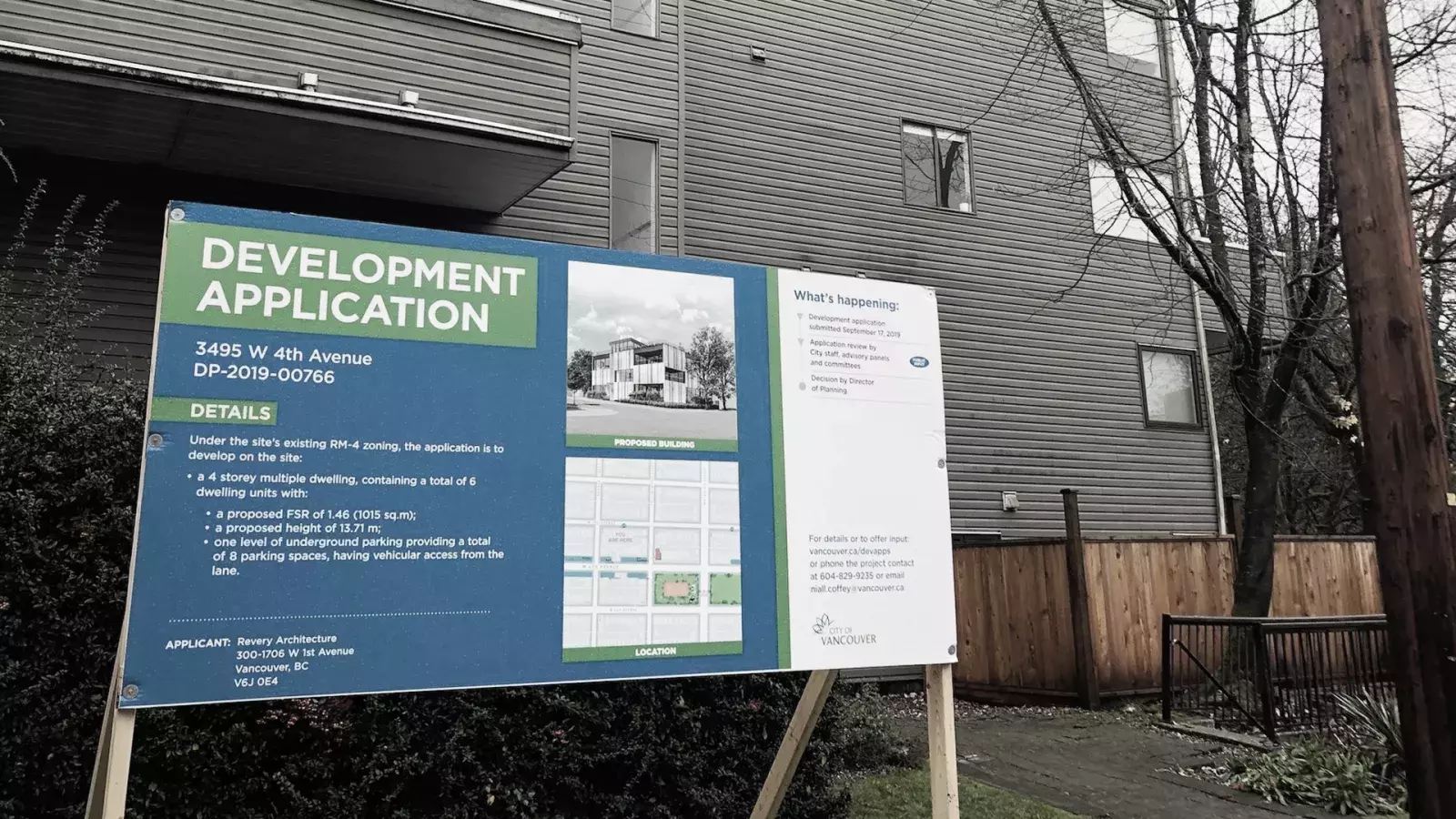In the last few months at MLA Canada, we’ve looked at the housing affordability crisis in Canada knowing that a strong and comprehensive action plan aimed at filling the substantial gap in housing supply is required. A recent survey on municipal land use and regulation executed by the Canada Mortgage and Housing Corporation (CMHC) highlights the need to introduce an additional 3.5 million units into the Canadian market by the end of the decade if we, as a nation, have any hope of restoring affordability. However, this goal is complicated by a complex set of land development and use regulations that, despite serving essential socio-economic purposes, may inadvertently limit that necessary housing development. Inefficient implementation of these rules and delays in regulatory approvals can stifle the capabilities of developers, limiting the growth of new homes. An honest examination of these regulatory restrictions, especially in our region, will help pave the way for policy reform and contribute to a comprehensive understanding of Canada's housing supply gaps.
Regulatory approval delays linked to lowered housing affordability
CMHC and Statistics Canada recently came together to execute the 2022 Municipal Land Use and Regulation Survey. The purpose of this survey was to shed light on the intricacies of land use rules in different Canadian cities and the resulting negative side effects. Preliminary analysis from the survey showed that higher overall land use regulation seems to be correlated with lower housing affordability across Canadian municipalities. In fact, the speed of approving new developments was the most crucial factor contributing to differences in housing affordability. Lengthy approval processes for new constructions can escalate the cost of building projects. Of all the land use regulations surveyed, the duration required to give the green light to new ventures, termed the "Approval Delay Index", was the key survey element to explain the variations in housing affordability across different regions. The regions of Greater Toronto and Greater Vancouver have the longest approval periods in Canada – almost quadruple the duration witnessed in areas where housing is more affordable.
A local look at affordability and land use regulation
To further understand this influence, the Municipal Land Use and Regulation Index was established to measure the extent of land use regulation in various cities. The survey found a strong correlation between the Municipal Land Use and Regulation Index scores and housing affordability, gauged by the house price to income ratio. Higher values on the index signify stricter regulations, while lower scores signify less regulation. To facilitate easier understanding, the values were normalized with the Greater Toronto Area acting as a benchmark set at 100.
The variances in regulation scores from city to city offer insights about the housing affordability landscapes across Canada. A notable observation from the survey reveals that Greater Toronto and Greater Vancouver stand out, bearing the highest Municipal Land Use and Regulation Index scores – 100 for Toronto and a 106 for Vancouver. These high regulation scores coexist with the steepest house price to income ratios in the nation. Toronto's house price to income ratio sits at 9.25, while Vancouver tops the chart at a staggering 14.19. Victoria weighs in at 10.04, Kelowna at 9.05 and Nanaimo at 8.81.
The provincial government’s response to the search for solutions
In a bid to address the drawn-out approval processes that are contributing to the decline in housing affordability, the provincial government of British Columbia is championing two initiatives specific to approval delays as part of a housing action plan. The first focuses on accelerating the permitting and approval processes to expedite housing construction. Acknowledging the shared responsibility with municipalities in moving housing developments forward, the provincial government is committed to eliminating hurdles, slashing costs and red tape, and accelerating approvals to increase home construction. Central to this effort is the creation of a one-stop shop for builders, set to launch in 2023, which will streamline all housing-related permit applications overseen by the province. This consolidated application process aims to eradicate the need for numerous applications across ministries, prioritizing urgent housing projects such as Indigenous-led projects, BC Housing applications, and multiple-unit developments. Complementing this is a commitment to reducing local government housing approval timelines. In collaboration with local governments, these initiatives aim to expedite the implementation of necessary changes to cut down delays in housing project approvals.
The second initiative surrounds the desire to establish British Columbia as a North American leader in digital permitting and construction. Drawing on the success of countries like Singapore and Finland who have implemented digital technology to streamline their permitting processes, the province seeks to foster rapid collaboration, reduce time and costs, and improve efficiency across the construction sector. To this end, the provincial government plans to introduce tools like automatic code compliance checks to enhance the efficiency of the permitting process. In partnership with various levels of government and leaders in the housing sector, the province aims to stimulate innovation through the swift implementation of digitized construction codes and digital design and permit processes. This is expected to support the construction industry and establish British Columbia as a frontrunner in the realm of digital permitting processes.
The quest to solve Canada's housing affordability crisis demands an understanding of the complex relationship between regulations, approval times, and the affordability of housing across diverse Canadian regions. British Columbia has outlined initiatives that could potentially reduce delays and costs, stimulating a healthy growth in housing developments. By continuing on this path of informed policy reform, we can hope to narrow the existing gap in housing supply and restore affordability.



